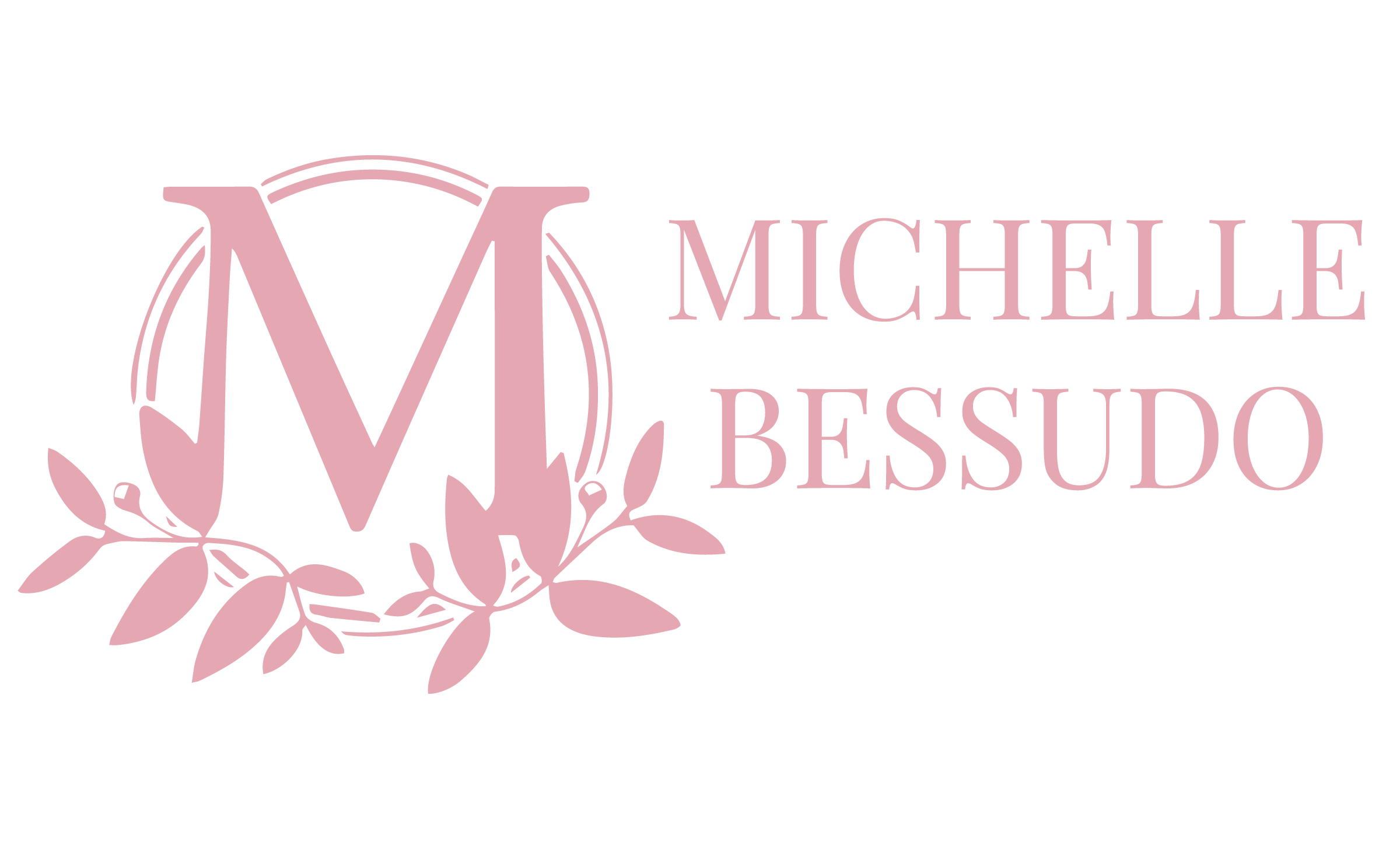Blood orange tea cakes
These dainty little moist almond and ricotta cakes, perfumed with fragrant blood orange zest and sweet cinnamon, are my little tribute to Sicily. Finished off with a drizzle of delicious tart blood orange glaze and slice of the beautiful gem colored orange these pretty little cakes are perfect for sharing with friends over a nice cup of Italian roasted coffee.
A few days ago, I was making my way through the rainy market of Bastille when I stoped at a little stall full of kitchen gadgets and curiosities. After a very amicable chat about can openers, melon ballers, and spider strainers, the lovely gentleman manning the stall asked me if I was Italian. Flattered as I was – I strongly believe that Italians are the prettiest of people – I was a bit bewildered by the question, but I’m guessing my Spanish accent in French must resemble an Italian one.
Once I explained where I’m from, the man looked somewhat disappointed, but never the less went on to tell me he was Sicilian. I immediately noticed how homesick he was feeling when he asked me if I had ever there.
Naturally I got super excited telling him about our little Sicilian adventures and how we toured the whole island in a rented car. Suddenly my new friend lit up. We talked about Agrigento, his hometown, the neighboring Valley of the Temples and the island’s history.
(see pictures below by Frenchie).
According to Frenchie this is how I approach ruins of any kind, he says my happiness is directly correlated with the amount of ruins and history around me. So here featured is: happy, happier and happiest.
Our trip to Sicily was hands down one of the best trips Frenchie and I have ever taken. Sicily is almost dirt cheap, the scenery is incredibly beautiful, it’s rich in history and the food is to die for. If you have never been to this Mediterranean gem you should seriously start planning your next vacation.
Gadget-man sighed about how much he missed Sicilian food, quite frankly so did I. Since we had already established what I do based on the amount of kitchen gadgets bought, he asked me if I knew how to make cannoli and begged me to make him some.
Now cannoli are one of those pastries that I wish I could erase from my culinary past. Before you think I’m being over dramatic, let me explain. You see one of my clients in Bogotá was a very famous Italian fashion brand whose name begins with Dolce and rimes with Copacabana. I’m going to let you fill in the blanks. To say they are finicky would be an understatement. But they paid very well and on time and always had a generous budget to spend on catering.
For one particular event, I think they were launching a new collection or something of the sort, they hired me to make all sorts of Italian sweets, including cannoli, bruti ma buoni (a sort of unpretentious macaron) and amaretti (a lovely almond cookie with a maraschino cherry) amongst others.
We had 3 tastings, where taste was not really the issue at hand as was size and presentation. Every sweet had to have a particular size, that included how coarsely the pistachios had to be chopped , how big the cherry atop the amaretti was – so it wouldn’t affect the cherry cookie ration of course (insert emoji) – and obviously the size of each individual cannoli (singular of cannoli).
They wanted 2 bites per cannolo. I offered an 9 cm solution with a 4 mm dough thickness, which they didn’t quite agree on. So we had to make samples with 6 cm length and 3 mm thickness, which rendered the pastry soggy and too small, then the asked for a 11 cm and 7 mm thickness which was too large and doughy, only to come back to my original proposal. And let me tell you that everything was measured each and every time.
All of this happened under the “watchful eye” of Milan, photographic evidence was sent back and forth and conference calls where scheduled. I’d never seen in all my catering career so much fuss arise from pastry.
Making 1200 MEASURED cannoli is something that will haunt me forever.
So the idea of making cannoli again for a stranger set off all the alarms in my head at once. I graciously declined, as I think I’m good on cannoli for the next couple of lifetimes. Maybe just mayyybeeee someday in the future I will think about it.
However thinking about Sicily got my creative pastry juices flowing (yes, it is a thing) and I decided to honor the island’s rich cultural and historical heritage in pastry form. A much easier form than rolled, fried, stuffed and decorated cannoli.
So I came up with these little moist cakes that easy enough to whip up in half an hour. They smell and taste like all the wonderful Sicilian flavors like almonds, ricotta and Sicilian citrus fruit, and are the perfect treat to gobble down with an espresso or two. But before I get to the actual recipe I’d like to take you down a little path of gastronomical history, just so you can see how incredibly rich Sicily is.
Sicilian food history
Because of it’s strategical position, anchored in what seems to be right smack middle of the Mediterranean, Sicily has been influenced by so many different cultures, making it perhaps the most rich and interesting melting pots in the whole Mediterranean.
The first to set up shop there around the year 1000 B.C. were the seafaring and VERY trade oriented Phoenicians who hailed from what is roughly modern day Lebanon. Around the 8th century BC. Sicily had an influx of greek colonists that settled around both the island eastern and southern tips. Polis (greek city-states) in Sicily like Akragas (also know as Agrigento), Selinunte, Messina and Syracuse thrived, in fact Syracuse was in fact the most populous of all the Greek cities in the world. Phoenicians spread the staples of their diet all over the mediterranean, like olives and olive oil as well as grapes and wine. Greeks heavily relied on both.
When the Phoenician city-states fell, their well articulated trade routes were left to their devices. Soon the once Phoenician colony of Carthage took control of the commercial void as well as Phoenician enclaves in Sicily. The superior trading know-how that the Carthaginians had inherited from Tyre threatened the Greek city-states who were also trying to take advantage of the economic void. Conflict between the two cultures was unavoidable.
Out of the chaos and bloodshed stood a clear winner, Rome. Romans had just recently had a taste of Mediterranean exploration and conquest, and to the Roman Senate, the world was their oyster, and the Mediterranean belonged to them.
Eager to consolidate its position in the world order, Rome decidedly picked a fight with the biggest contender, Carthage. Rome and Carthage had very different war tactics, Roman strategy consisted of total war, which means either absolute victory or absolute defeat, this warfare had never been seen before, it’s incredibly expensive both in casualties and economic loss. Carthaginians on the other hand, always with profit in mind, always insisted in finding a diplomatic solution.
In the end, after three wars, Carthage was completely annihilated and Rome took control of Sicily, southern Spain and Northern Africa.
For the better part of the next 600 years, Sicily, was a Roman province, and although it played a key role in supplying the Empire with food, it was considered somewhat of a unimportant backwater. Not surprisingly it was the backdrop that Spartacus chose for his rebellion.
Soon after the Roman Empire was split into West and East, western Rome would collapse and hoards of people for different ethnic backgrounds looking for a better life would settle in the most agriculturally profitable areas. Sicily was no different.
Rome did however leave however its gastronomical footprint behind. Honey drenched pastries, cherries, plums, citrons, cinnamon, cardamom, ginger and nutmeg were all woven into the tapestry that is Sicilian cuisine.
The next couple of centuries would prove to be a constant power struggle for island domination. Vandals, Ostrogoths, Lombards (all three of germanic origin), Tunisian Aghlabids, Byzantines, and Vikings all staked their claim. Despite the bloodshed, all of them would enrich Sicilian cuisine in a way they would have never imagined.
Small gardens called orti flourished throughout the island, treaties on irrigation were written and put into practice, speckling the already fruitful island with lush gardens heavy with rice, sugarcane, lemons, bananas, date palms, pistachios, mulberries, watermelon, apricots, and tangerines.
Saffron, aniseed, cloves, sesame, jasmine, rose water, orange blossom water and bergamot were introduced into local food. Marzipan, Cassata and Cubbaita (a sesame and honey torrone) all date back to the muslim period, but perhaps one of the imports that revolutionized cuisine the most was the introduction of durum wheat.
Durum or “hard” wheat is a variety that allows pasta to be made and stored rather than eaten immediately. And in case you were wondering, NO, Marco Polo did not introduce pasta into Europe. He only mentioned he saw pasta being made and that it resembled macaroni. The key word here is resembled. For something to be similar to something else you have to know what that something else is.
Chances are Marco Polo was well acquainted with pasta before he set off to travel to the Orient. As a side note, in 1154 –over a century before Polo – Arab geographer Idrisi wrote a detail explanation of how vermicelli pasta was being made in Sicily. (If you would like to read more about the history of pasta check this post out)
After the muslims came the Normans, a “Frenchized” group of Vikings, followed by the German Hohenstaufens, and the French Anjou. All of which instead of imposing their lifestyle embraced the cultural heritage they inherited and just added another layer to the already diverse culture.
The last foreign power to rule Sicily would be Spain. Being a part of the Spanish Empire during Sicily had access first hand to all the wonderful new products being introduced into Europe from the New World, such as tomatoes, peppers, Indian figs – aka prickly pear, so widely appreciated in the island – and chocolate amongst others. Convents and monasteries flourished and with them all sorts of Sicilian pastries. The gastronomical panorama of Sicily was finally complete.
And now that you have a broader picture of what Sicilian cuisine actually comes from, I’ll leave you my recipe.

Blood orange & almond tea cakes
These dainty little moist almond and ricotta cakes, perfumed with fragrant blood orange zest and sweet cinnamon, are my little tribute to Sicily. Finished off with a drizzle of delicious tart blood orange glaze and slice of the beautiful gem colored orange these pretty little cakes are perfect for sharing with friends over a nice cup of Italian roasted coffee.
ingredients:
- 5 eggs
- 2 tbsp. ricotta cheese or greek yogurt
- 250 g (1 1/4 cups or 8.8 oz) sugar
- 250 g (2 1/3 cups or 8.8 oz) almond meal
- zest of one lemon
- zest of a blood orange
- 1 tsp. ground cinnamon
- 1 tsp. baking soda
- 1/4 tsp salt
- 250 g (1 1/4 cups or 8.8 oz) powdered sugar
- juice of a blood orange
- juice of a lemon
- 1 blood orange for decoration
instructions:
- Preheat oven to 350° F or 180° C.
- Grease and lightly sprinkle a muffin tin with flour. Omit the flour if you are following a GF diet.
- Mix all dry ingredients except the powdered sugar together and set aside
- Beat eggs, sugar, zests, and ricotta until fluffy.
- Add dry ingredients and mix until well combined.
- Pour batter into muffin tin and bake for 30-35 min or until golden brown. Let cool completely.
- Whisk together powdered sugar and juices until you have a desired consistency and tartness. I usually like my glaze to have the same consistency as lightly whipped cream.
- Drizzle glaze over cakes and let it dry.
- Cut thin slices of the remaining orange and place over the dried icing.
- Enjoy!
NOTES:
*I usually like my glaze to have the same consistency as lightly whipped cream.
Tag @michellebessudo on Instagram and hashtag it #michellebessudo so I can share it with the world!












